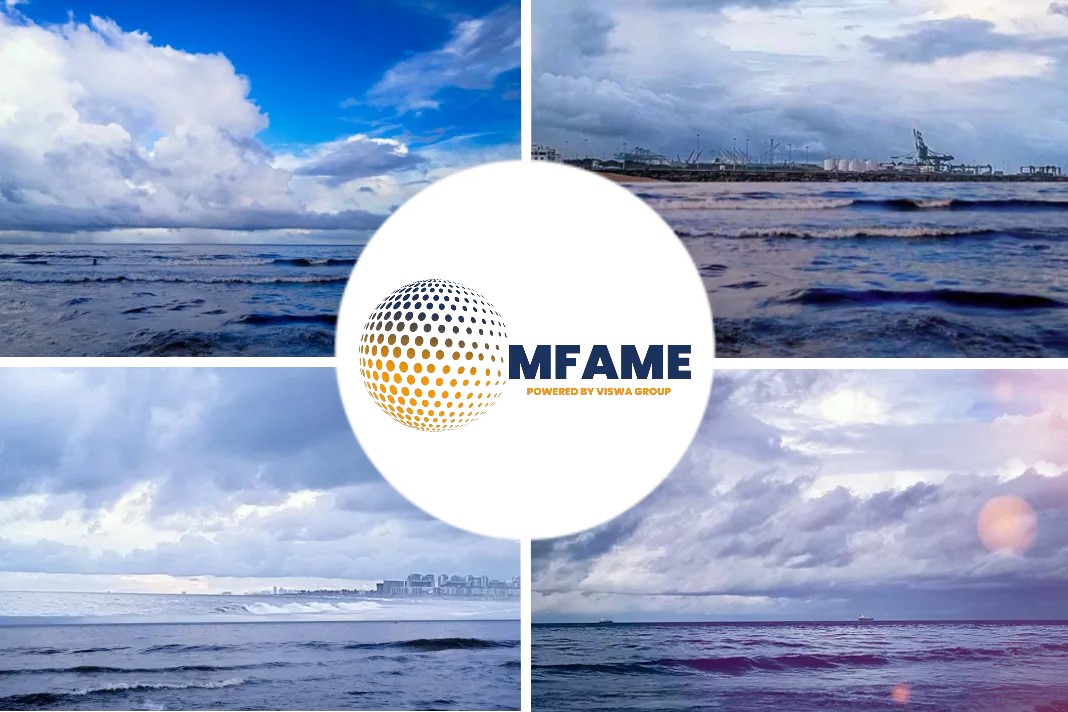- IMO has set a target to reduce GHG emissions by 50% compared to 2008.
- This target impacts financing as bulkers and tankers.
- Slow steaming is here to stay, so for new-build vessels.
- Shippers can optimize propulsion machinery according to actual ship speeds.
- Installing a hybrid machinery arrangement can deliver considerable fuel savings.
- Fuel flexibility is another key to a future-proof vessel.
- A dual-fuel approach can cut GHG emissions by between 13 and 30%.
According to an article published in Wartsila and authored by Jon Nation, the hot topic in the merchant industry at the moment is the International Maritime Organization (IMO) 2050 target of reducing greenhouse gases (GHG) from shipping by 50% compared to 2008 levels.
New targets
This comes in addition to previously established NOx and SOx caps. With these new targets, the regulatory environment is becoming increasingly complex and challenging, which also impacts financing as bulkers and tankers are often considered to be obsolete after a short lifespan. This makes it imperative for shipping companies to invest in flexible and future-proof technologies – but the good news is that there are many cost-effective ways to do this.
“Looking at the available technologies to future-proof a vessel, there’s no reason that bulkers and tankers should be obsolete after 15 to 20 years,” says Kevin Humphreys, General Manager, Merchant and Gas Carrier Segment at Wärtsilä.
“Slow steaming is here to stay, so for new-build vessels, you can optimize propulsion machinery according to actual ship speeds. Being able to do this is important because today’s standard optimization point is set at high ship speeds, which are almost never used. By optimizing propulsion machinery for slow steaming, up to 5% fuel savings can be achieved. In addition, installing a hybrid machinery arrangement can deliver considerable fuel savings as shaft generators are the most effective way of producing electricity onboard, and can lead to a further 5% cut in fuel consumption.”
Reducing emissions and costs through fuel flexibility
“Fuel flexibility is another key to a future-proof vessel,” says Humphreys.
“With LNG, you can ensure compliance and reduce costs – there are plenty of good studies showing the savings you can achieve by using LNG from the beginning of a vessel’s life or retrofitting it down the line,” he explains. Based on Wärtsilä’s experience with LNG carriers, a dual-fuel approach can cut GHG emissions by between 13 and 30%, making this a compelling option for bulkers and tankers. In addition to a fuel-flexible approach, scrubbers can also be installed to reduce emissions.
Making digital technology pay off
Digitalization in the marine industry can help ensure compliance and minimize OPEX – as well as provide all-important transparency. “This is an inefficient sector and tankers and bulkers just don’t have the data they need to make the decisions that will make them more efficient,” explains Humphreys. Wärtsilä’s cloud-based Fleet Operations Solutions (FOS) changes this.
FOS offers holistic tools that give personnel a fully transparent navigational infrastructure and intelligent automation; the result is improved efficiency, safety, equipment maintenance and operational processes. “Being able to see operations in real-time means our customers can improve energy management, fleet management, and profitability with a life-cycle approach to their vessels. They can also demonstrate compliance with regulations,” points out Humphreys.
Taking advantage of machine learning can also help. Wärtsilä Expert Insight uses artificial intelligence (AI) and advanced diagnostics to monitor equipment and systems in real-time. When anomalous behavior is detected, specialists at Wärtsilä Expertise Centres are notified immediately and can support customers proactively with an appropriate solution.
It’s all about residual value
Residual value for bulkers and tankers is based on factors such as day rates, when and where a vessel was built, and its fuel consumption. Wärtsilä solutions that increase transparency into operations mean a more favorable valuation when it comes time to sell. “The information we provide minimizes risk,” explains Humphreys. “Customers get an unprecedented level of insight into the actual performance of a vessel as opposed to a valuation based on published consumption curves, which can significantly improve residual value.”
Fit technology based on needs and situation
In order to gain these benefits, owners need to think carefully about the needs of their vessel and fleet, choosing the technology that best fits their needs and situation. “Owners should talk to an expert before they go to the shipyard. It’s vital to run the numbers and make sure you’re not leaving any value on the table for a new build or retrofit. It’s also good to keep in mind that you’ll be dealing with a shipyard only for the length of the new-build project, but you’ll be dealing with OEMs for many more years after that – so it’s a good idea to start building that relationship from day one.”
Did you subscribe to our daily newsletter?
It’s Free! Click here to Subscribe!
Source: Wartsila



















